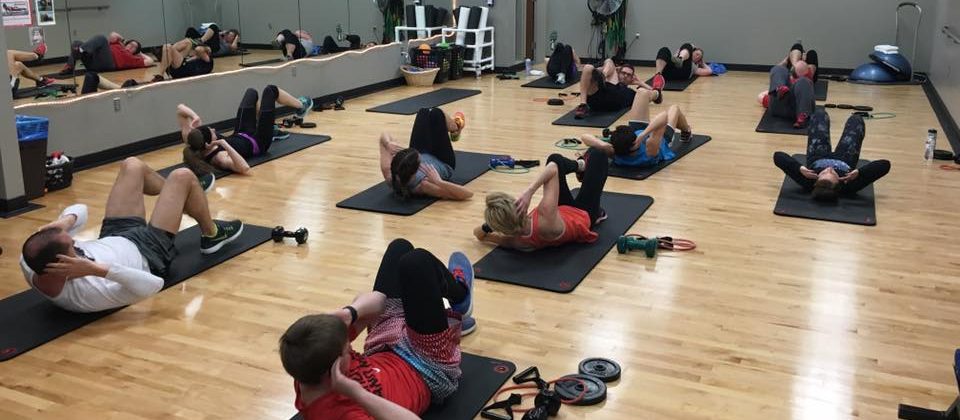The Benefits Of Joining Fitness Classes In Ottawa
Fitness classes in Ottawa offer a great way to get in shape and stay healthy. They are a great way to stay active and meet new people in the process. With a variety of classes to choose from, there is something for everyone. Here are some of the benefits of joining a fitness class in Ottawa.
Variety of Classes: One of the main benefits of joining workout classes in Ottawa is the variety of classes available. From yoga and Pilates to dance and martial arts, there is something for everyone. You can find classes that suit your fitness level, goals, and interests.

Image Source: Google
Social Interaction: Another great benefit of joining a fitness class in Ottawa is the social interaction. It is a great way to meet new people and make new friends. The classes provide a safe and supportive environment to do this. It can also be a great way to stay motivated and accountable.
Health Benefits: The most important benefit of joining a fitness class in Ottawa is the health benefits. Regular physical activity can help improve your overall health and wellbeing. It can also help prevent and manage chronic health conditions. Exercise can also help reduce stress, boost mood, and improve sleep quality.
Convenience: Another great benefit of joining a fitness class in Ottawa is the convenience. The classes are usually held at convenient times and locations. This makes it easy to fit them into your schedule and stick to an exercise routine. Overall, joining a fitness class in Ottawa is a great way to stay active and stay healthy.





